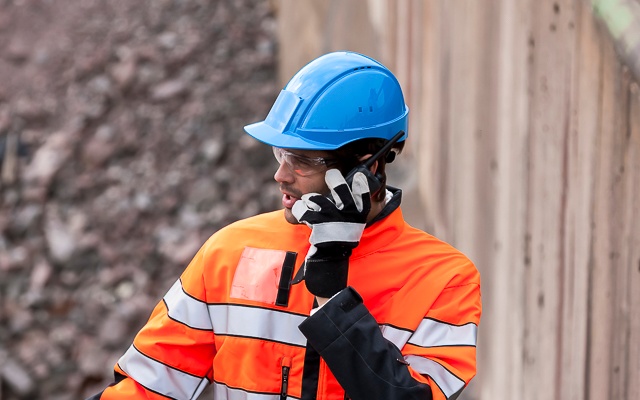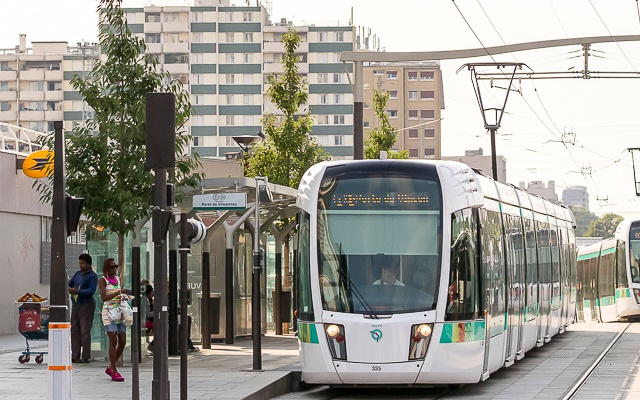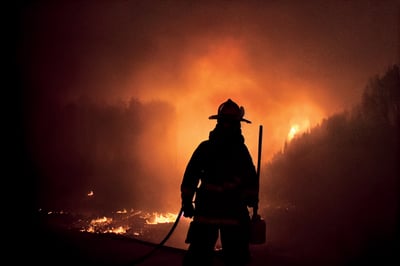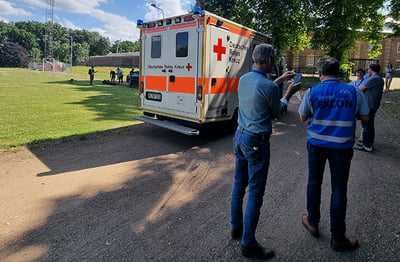We often see tables comparing radio technologies or solutions, with 'group call' marked with a single yes/no check box. Yet, is that really fair?
A group call is much more than 'yes, it can be done', or 'no, only one-to-one calls are possible'.
How much more? A lot more. Here are ten capabilities that first spring to mind when I think about group calls.
1. How many groups can there be in one system?
A talk group is best defined by its members and area, not by the channel it is using. When someone in a talk group wants to communicate, a channel is selected. This is trunking, which is a better use of resources than reserving a channel for each group.
The number of groups in a system depends on what is practical. In some systems, there are thousands of groups and in others, maybe dozens.
2. How many people can participate in each group call?
A frequent question is how many people could be in a single group call? Well, if all an organisation's users were in one talk group, we could select that group, press the push-to-talk key and talk to them all. One group could just as well include every user in a whole network serving several organisations. TETRA systems from Airbus, for example, have no limit on talk group size.
To make an announcement, a person with sufficient rights would also be able to make a pre-emptive call to a big talk group. Everyone would get the call, even if they were on another, lower priority call at the time.
3. Scanning keeps users in every loop
Scanning allows users to monitor their talk groups. When scanning, the radio automatically selects the first active talk group. The user hears communication in that group and can normally talk to them by pressing the push-to-talk key. In practice, this means the radio will follow communication in one talk group until the communication ends.
By contrast, in analogue systems, each person is instructed to listen to a certain talk group until told otherwise. Although important information goes to the right people, the rest of the information in other groups is lost. Scanning in digital radio networks meets both needs - to receive critical information, yet also to be included in other communications.

4. The option of active or passive scanning
In TETRA systems the scanning process can be either passive or active.
'With active scanning the radio terminal tells the network the talk group it is using and all talk groups it is scanning. The system only allows a user to listen to groups for which they are authorised. The user does not miss any information, since the system always knows which group (and where) the radio is scanning.
With passive scanning the radio terminal informs the network only about the selected talk group and not about the talk groups it is scanning.
5. Load directed roaming helps in getting a connection
"Load-directed roaming" is a feature based on the fact that a base station will broadcast its load status to radio terminals. The load may be low, medium, or high. If the "load-directed roaming" feature is enabled, radio terminals can choose a less loaded cell even if it has lower field strength. These radios can get a connection while other radios are put into a queue.
6. PTT queuing maintains orderly communications
When a TETRA radio user wants to speak to their team, they only need to press and hold the push-to-talk key on the radio and speak. But what happens if several people want to speak to the team at the same time?
Well, one gets the right to speak and the others have to queue. In some systems, the user just needs to keep the PTT key pressed down and wait for their turn. They will even hear a queuing tone while they wait. The system will pass the right to speak to the next in the queue (or to the user with the highest priority).

7. Broadcast call for when all users have to listen
A broadcast call is a TETRA feature - a one-way group call. With this option, the user speaks and receiving members can only listen.
A broadcast call allows information to be shared quickly with a large number of people - it could be used by a dispatcher to warn everyone in an area that there is a risk of explosion.
8. Over-the-air groups simplify group management
Over-the-air groups (Dynamic Group Number Assignment, DGNA) is another TETRA feature. It means that an authorised dispatcher can add a new group or remove an existing group from a radio terminal remotely, over the air.
9. Speak to nearby users with location-based group call
A location-based group call is a concept in Airbus TETRA systems, originally developed to meet the special needs of public transportation companies.
The actual talk group members of a location-based group call are determined according to the caller's location. When a user starts the group call, all group members that are in the area (and only they) will automatically be included in the group call.

10. Offering a group call to an ongoing individual call
The members of a working team need to communicate together to be effective. Their communication in the team - in group calls - is very important. As a rule, communications between just two people are not as important as communication in the group.
This is why a special feature has been developed in some TETRA systems. It is possible to set up groups so that all its members will be invited to the group call when they happen to be engaged in an individual (one-to-one) call.

So we can see, there is more to group calls than meets the eye - and group communication should tick all the boxes.
Professionals who have to be ready to operate in difficult situations require professional features for their group communication. Features that are present in shock-proof networks. Find out how professional radio communication helps tackle extreme circumstances:





